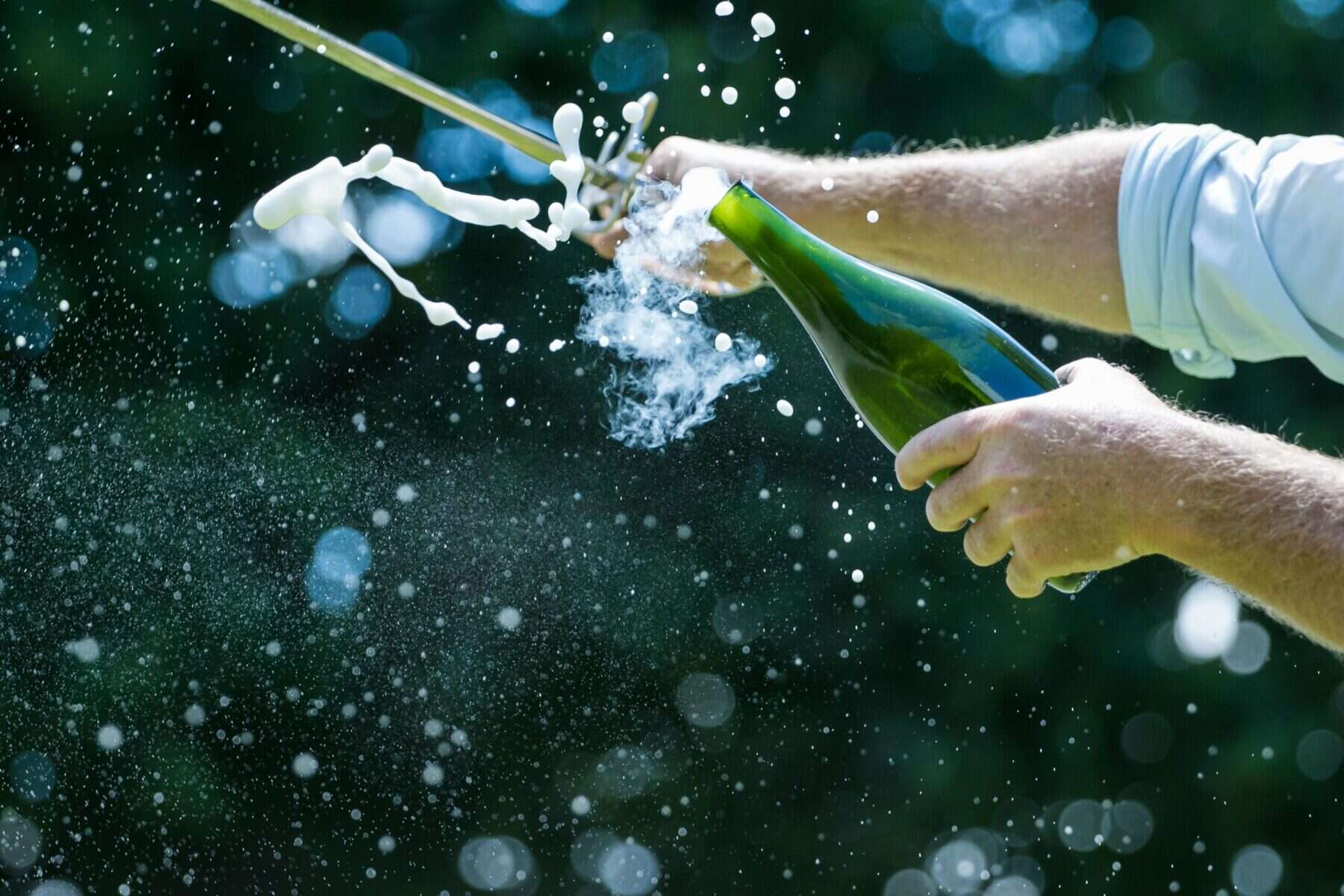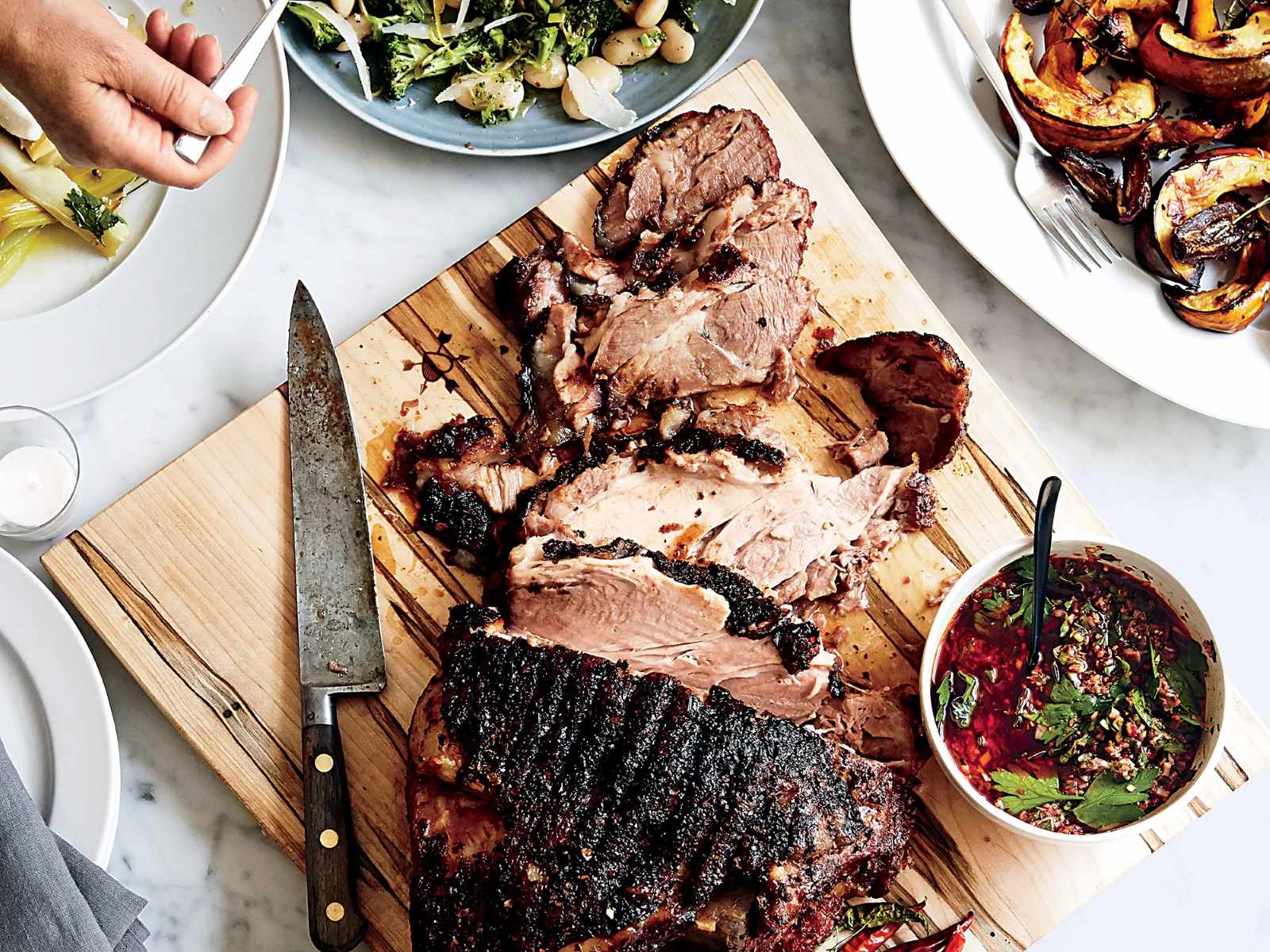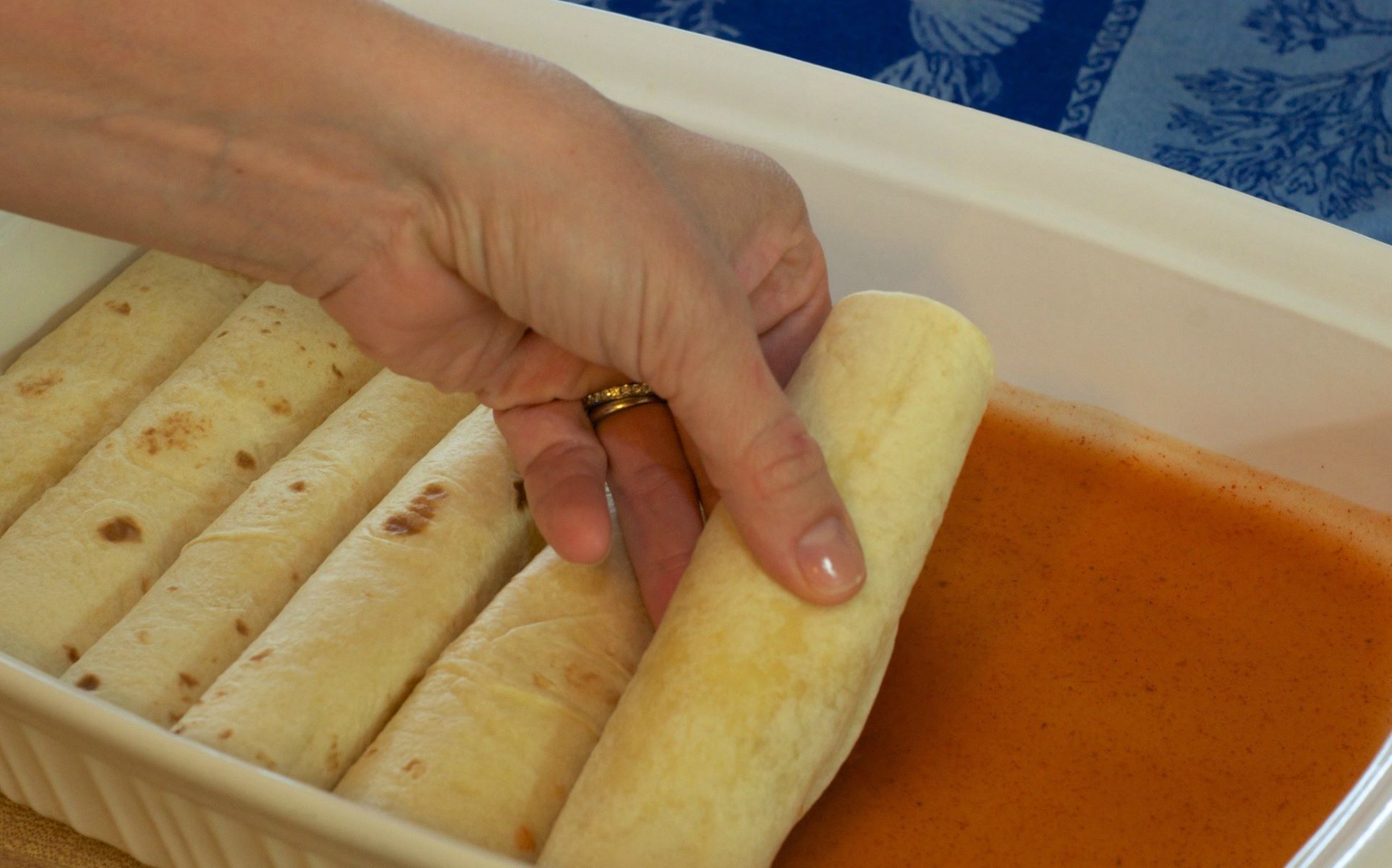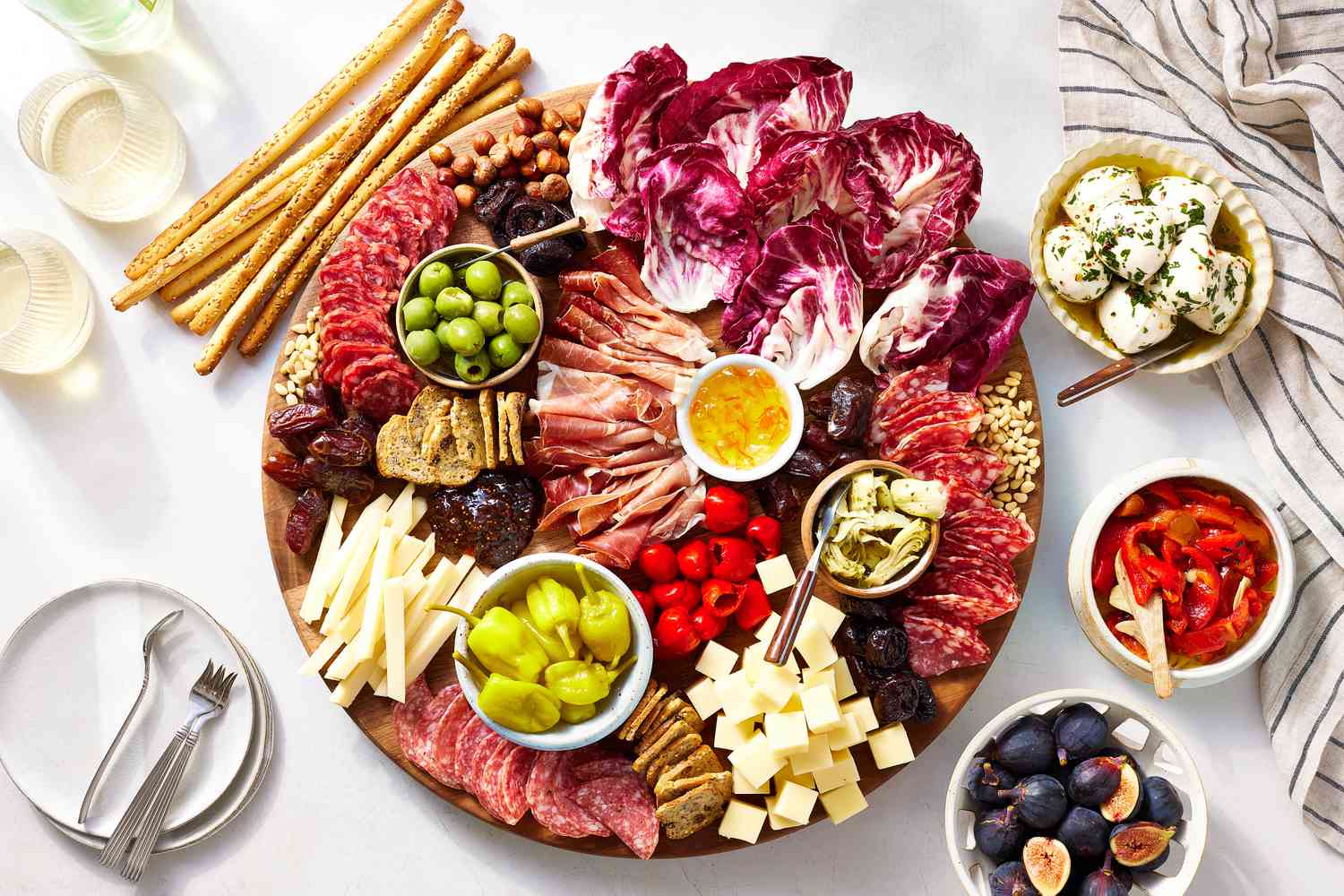Home>Eating>Sabrage: The Art Of Opening Champagne Bottles With A Sword – Foodie Friday


Eating
Sabrage: The Art Of Opening Champagne Bottles With A Sword – Foodie Friday
Published: February 15, 2024
Discover the thrilling tradition of sabrage and the art of opening champagne bottles with a sword. Join us for Foodie Friday as we explore the exciting world of eating and indulgence.
(Many of the links in this article redirect to a specific reviewed product. Your purchase of these products through affiliate links helps to generate commission for Simplelivingeating.com, at no extra cost. Learn more)
Table of Contents
Introduction
Sabrage, the art of opening champagne bottles with a sword, is a captivating and time-honored tradition that exudes elegance and flair. This unique practice has captured the imagination of enthusiasts and connoisseurs alike, adding an element of drama and sophistication to the celebratory act of uncorking a bottle of champagne. The origins of sabrage can be traced back to the days of Napoleon Bonaparte, where it was embraced by the cavalry as a symbol of victory and festivity. Over time, this ceremonial technique has evolved into a revered ritual, captivating the hearts and minds of those who appreciate the finer things in life.
The allure of sabrage lies not only in its historical significance but also in the skill and precision required to execute it with finesse. As the blade of the sword gracefully meets the neck of the champagne bottle, a sense of anticipation and excitement fills the air, culminating in a triumphant release of effervescent bubbles. This age-old tradition has transcended generations, captivating the imagination of champagne enthusiasts and serving as a testament to the artistry and craftsmanship associated with the world of fine beverages.
In this article, we delve into the captivating world of sabrage, exploring its rich history, the intricacies of the technique, and the essential elements that contribute to a safe and memorable experience. Whether you are a seasoned aficionado or a curious newcomer to the world of champagne, the art of sabrage offers a unique opportunity to partake in a time-honored ritual that embodies the spirit of celebration and camaraderie. Join us as we embark on a journey to unravel the mystique and allure of sabrage, delving into the traditions, techniques, and experiences that make it a cherished and unforgettable aspect of the culinary world.
Read more: Delicious Paella For Foodie Friday
The History of Sabrage
The history of sabrage is steeped in tradition and romance, harkening back to an era of gallant cavalry and opulent celebrations. The origins of this captivating practice can be traced to the early 19th century, during the illustrious reign of Napoleon Bonaparte. It is said that the cavalry of Napoleon's Grand Army, known for their daring exploits and flamboyant style, adopted the art of sabrage as a symbol of victory and revelry.
Legend has it that after triumphant battles, the cavalry would mark their triumph by ceremoniously opening bottles of champagne with their sabers, a gesture that embodied the spirit of jubilation and camaraderie. This ritual not only served as a grandiose display of skill and bravado but also as a poignant symbol of unity and shared triumph.
The allure of sabrage quickly spread beyond the confines of the military, captivating the imagination of nobles and aristocrats who were drawn to its theatricality and elegance. As the practice gained popularity among the elite circles of European society, it became synonymous with grand celebrations and opulent gatherings, further cementing its status as a cherished tradition.
Over the years, the art of sabrage has transcended its military origins, evolving into a revered custom that is embraced by champagne enthusiasts and connoisseurs worldwide. Its rich historical significance and the sense of spectacle it evokes have contributed to its enduring appeal, making it a cherished aspect of the world of fine beverages.
Today, the legacy of sabrage lives on as a testament to the artistry and craftsmanship associated with champagne, serving as a captivating link to a bygone era of chivalry and extravagance. As enthusiasts and aficionados continue to embrace this time-honored tradition, the history of sabrage remains a vibrant tapestry of valor, celebration, and the enduring allure of champagne.
The history of sabrage is a testament to the enduring legacy of this time-honored tradition, which continues to captivate the hearts and minds of champagne enthusiasts around the world.
The Technique of Sabrage
The technique of sabrage, often regarded as a captivating display of skill and precision, involves the artful opening of a champagne bottle using a saber or sword. While the practice may seem daunting to the uninitiated, it is rooted in a series of deliberate and calculated movements that, when executed with finesse, result in a dramatic and triumphant release of effervescent bubbles.
To begin the process of sabrage, it is essential to select a chilled bottle of champagne, as the pressure inside the bottle is crucial for a successful outcome. The bottle is then carefully removed from its chilling vessel, ensuring that it is held at a slight angle to prevent any spillage of the precious liquid upon opening.
The next step involves locating the seam of the bottle, which is the vertical line that runs along the side and indicates the point where the bottle was fused together. This seam serves as a guide for the saber's trajectory and is crucial for a clean and precise execution of the technique.
With the bottle securely held in one hand, the saber is positioned at a slight angle along the seam, ensuring that the blade makes contact with the glass and the lip of the bottle's neck. In one swift and fluid motion, the saber is slid along the seam with a confident stroke, applying gentle pressure to the lip of the bottle. The result is a clean and decisive break, separating the neck of the bottle from the base and allowing the cork and glass collar to be effortlessly expelled by the pressure within.
It is important to note that the force applied during the saber's motion is not intended to shatter the glass but rather to capitalize on the inherent weakness of the seam, which, when struck correctly, yields a clean and controlled break. The release of the cork and collar, propelled by the pressure of the champagne, creates a spectacular display of cascading bubbles and effervescence, marking the successful completion of the sabrage technique.
While the technique of sabrage may appear daring and theatrical, it is underpinned by a methodical approach that emphasizes precision and finesse. With practice and guidance, enthusiasts can master this time-honored tradition, adding an element of grandeur and excitement to celebratory occasions.
In mastering the technique of sabrage, individuals not only acquire a unique skill but also become part of a tradition that embodies the spirit of festivity and camaraderie, adding an unforgettable touch of elegance to the ritual of opening a bottle of champagne.
Choosing the Right Sword for Sabrage
Selecting the appropriate sword for sabrage is a crucial aspect of mastering this time-honored tradition. While the visual spectacle of using a saber or sword to open a champagne bottle is undeniably captivating, the choice of blade plays a significant role in ensuring a successful and safe execution of the technique.
When considering a sword for sabrage, several key factors come into play. The blade should possess a long, straight, and flat edge, ideally with minimal curvature, as this facilitates a clean and precise cut along the seam of the bottle. Additionally, a sturdy and well-balanced hilt provides the necessary grip and control, allowing the wielder to maneuver the sword with confidence and dexterity.
Traditionally, sabers have been the weapon of choice for sabrage, owing to their historical significance and association with the cavalier spirit of celebration and triumph. The elegant curvature of a saber's blade, coupled with its rich heritage, adds an element of grandeur and tradition to the act of sabrage, making it a popular and iconic choice among enthusiasts.
In contemporary settings, replicas of historical military sabers are often utilized for sabrage, offering a balance of authenticity and functionality. These replicas are crafted to emulate the design and characteristics of traditional sabers, allowing practitioners to partake in the time-honored ritual while ensuring the safety and integrity of the process.
It is important to note that while the visual appeal of the sword is undoubtedly significant, practical considerations such as the blade's sharpness and overall condition are paramount. The blade should be meticulously maintained, ensuring that it is free from nicks, burrs, or any imperfections that could compromise the precision of the cut or pose a safety hazard during the sabrage.
Ultimately, the choice of sword for sabrage is a deeply personal and evocative decision, intertwining historical reverence with practical functionality. Whether one opts for a traditional saber or a meticulously crafted replica, the essence of sabrage lies in the artful fusion of tradition, skill, and celebration, culminating in a captivating and unforgettable experience.
As enthusiasts embark on their journey to master the art of sabrage, the selection of the right sword serves as a poignant nod to the rich heritage and timeless allure of this cherished tradition, ensuring that each uncorking becomes a symphony of history, skill, and jubilation.
Safety Precautions for Sabrage
When engaging in the time-honored tradition of sabrage, it is paramount to prioritize safety and adhere to essential precautions to ensure a secure and enjoyable experience. While the art of opening champagne bottles with a sword exudes an air of elegance and excitement, it is essential to approach the practice with a keen awareness of potential risks and the necessary measures to mitigate them.
First and foremost, it is imperative to conduct sabrage in a controlled and open space, free from any obstructions or bystanders. Selecting a suitable location with ample room to maneuver the sword and ensuring that no individuals are within the immediate vicinity of the swinging motion is crucial for preventing accidental injury.
Furthermore, practitioners of sabrage should exercise caution and mindfulness when handling the sword, ensuring that the blade is kept away from the body and directed solely toward the neck of the bottle. Maintaining a firm grip on the hilt and executing the saber's motion with deliberate precision minimizes the risk of unintended contact and promotes a safe and controlled execution of the technique.
Additionally, it is essential to prioritize the selection and maintenance of the sword, ensuring that the blade is sharp enough to cleanly sever the glass without requiring excessive force. Regular inspection of the sword for any signs of damage or wear is essential, as a compromised blade could pose a safety hazard during the sabrage process.
Prior to initiating sabrage, it is advisable to don protective eyewear to safeguard against any potential splinters or debris that may result from the bottle's neck breaking. While the likelihood of such occurrences is minimal when the technique is executed correctly, taking proactive measures to protect one's eyes is a prudent safety practice.
Lastly, individuals partaking in sabrage should approach the practice with a respectful and responsible mindset, recognizing the inherent risks and embracing a disciplined approach to ensure the safety of themselves and others. By adhering to these safety precautions and exercising vigilance throughout the sabrage process, enthusiasts can partake in this cherished tradition with confidence and peace of mind.
In essence, prioritizing safety precautions for sabrage is integral to preserving the integrity and enjoyment of this time-honored ritual, ensuring that each uncorking is a harmonious blend of tradition, skill, and celebration.
The Experience of Sabrage
The experience of sabrage transcends the mere act of opening a champagne bottle; it is a symphony of anticipation, skill, and jubilation that unfolds with each graceful stroke of the sword. As the saber meets the bottle's neck, there is a palpable sense of excitement that permeates the air, building up to the climactic release of effervescent bubbles and the triumphant expulsion of the cork and glass collar. This moment, steeped in tradition and spectacle, encapsulates the essence of sabrage and leaves an indelible impression on all who partake in or witness the artful uncorking.
The allure of sabrage lies not only in its historical significance but also in the sense of occasion and camaraderie it evokes. Whether performed as part of a formal celebration or an intimate gathering, the act of sabrage infuses the moment with an air of elegance and grandeur, transforming the simple act of opening a bottle of champagne into a captivating display of skill and finesse. The collective anticipation that accompanies the saber's swift motion and the subsequent eruption of bubbles creates a shared experience that fosters a sense of unity and celebration among participants.
Beyond the technical aspects, the experience of sabrage is a testament to the artistry and craftsmanship associated with champagne. Each successful execution of the technique is met with a chorus of cheers and applause, underscoring the communal joy that accompanies the release of the champagne's effervescence. The visual spectacle of cascading bubbles and the resounding pop of the cork serve as a fitting crescendo to the artful performance, leaving an indelible impression on all who bear witness to this time-honored tradition.
For those who partake in sabrage, the experience is one of exhilaration and accomplishment. The mastery of the technique, coupled with the sense of history and tradition it embodies, elevates the act of uncorking a bottle of champagne to a moment of triumph and reverence. Each successful sabrage becomes a cherished memory, a testament to the enduring allure of this captivating ritual and the enduring legacy it represents.
In essence, the experience of sabrage is a celebration of history, skill, and camaraderie, culminating in a sensory journey that captivates the senses and leaves an indelible mark on all who embrace this timeless tradition.
Conclusion
In conclusion, the art of sabrage stands as a timeless testament to the rich tapestry of history, skill, and celebration. From its illustrious origins in the era of Napoleon Bonaparte to its enduring allure in contemporary times, sabrage embodies the spirit of festivity, camaraderie, and the artful craftsmanship associated with champagne.
The journey into the world of sabrage unveils a captivating tradition that transcends the mere act of opening a champagne bottle. It is a ceremonial rite that infuses moments of jubilation with an air of elegance and grandeur, captivating the hearts and minds of enthusiasts and connoisseurs alike. The history of sabrage, steeped in valor and triumph, serves as a poignant reminder of the enduring legacy of this cherished tradition, while the technique itself, with its deliberate movements and precision, underscores the artistry and finesse required to execute it with grace.
Choosing the right sword for sabrage becomes a deeply personal and evocative decision, intertwining historical reverence with practical functionality. Whether one opts for a traditional saber or a meticulously crafted replica, the essence of sabrage lies in the artful fusion of tradition, skill, and celebration, culminating in a captivating and unforgettable experience.
Moreover, the safety precautions for sabrage underscore the importance of approaching this time-honored tradition with a mindful and responsible mindset. By prioritizing safety measures and exercising vigilance throughout the sabrage process, enthusiasts can partake in this cherished ritual with confidence and peace of mind, ensuring that each uncorking is a harmonious blend of tradition, skill, and celebration.
The experience of sabrage, with its palpable sense of anticipation and the climactic release of effervescent bubbles, encapsulates the essence of this artful practice. It fosters a sense of unity and celebration among participants, leaving an indelible impression that elevates the act of uncorking a bottle of champagne to a moment of triumph and reverence.
In essence, the art of sabrage transcends the boundaries of time and tradition, weaving together history, skill, and celebration into a captivating tapestry that continues to captivate the senses and hearts of all who embrace this timeless ritual.















